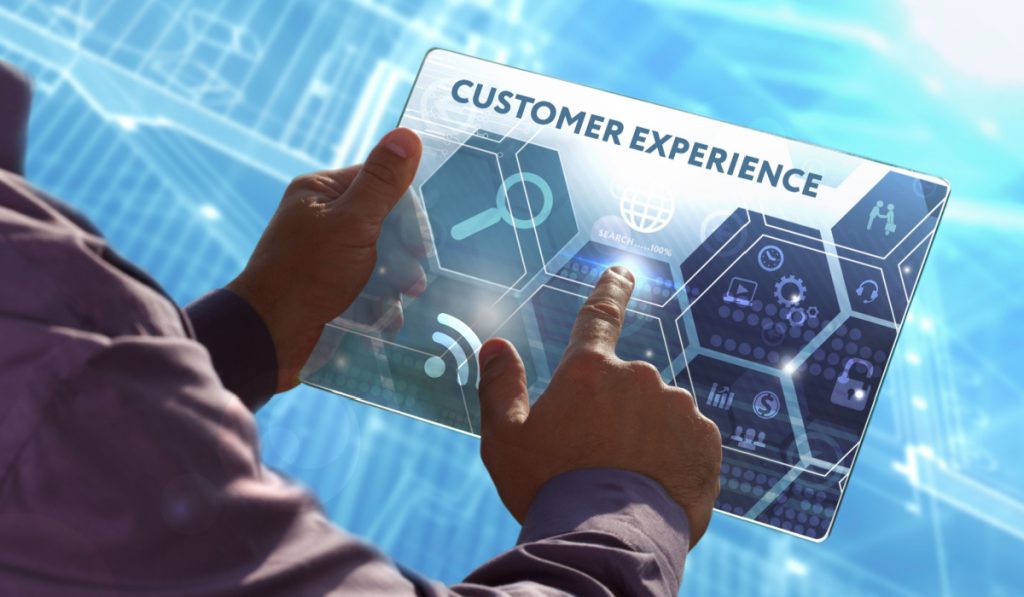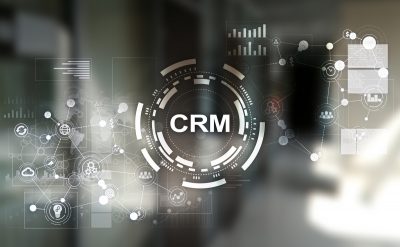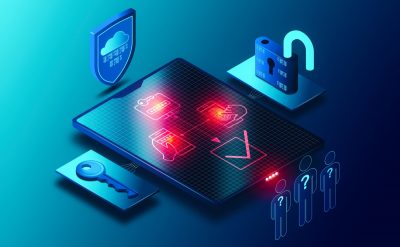Highlights:
- Omni-channel customer experience gap results in issues such as poor problem resolution, lower first-call resolution rates, and unsatisfied customers.
- Only a few organizations have built their channels to operate consistently and very few businesses can transfer context from one channel interaction to another.
In today’s day and age, excellent customer experience starts with superior experiences, and customers want to avail of services via various channels — not just the one where they started. But many businesses still repose faith in a single interaction channel. Online and mobile channels are the two prominent communication channels across industries, but customer support is fast becoming the biggest deal-breaker for businesses.
Both businesses and customers aim to transact as much as possible through the website, but some interactions are bound to spill over into the contact center. This lack of visibility and context creates an omni-channel customer experience gap, resulting in issues such as poor problem resolution, lower first-call resolution rates, and unsatisfied customers.
Businesses may be doing well with a single channel, but they will lose customers if they cannot move smoothly from one-to-many channels. It is here that an enhanced multi-channel customer experience can do wonders for your business. The benefits are many: It reduces customer churn rates, boosts customer retention, and helps you gain greater value from your customers.
This blog will discuss why businesses need to bridge the multi-channel customer experience gap. We will also discuss how this can create numerous opportunities for your business and help you make a cut.
Superior customer service demands a seamless multichannel experience
No matter the business type, people are researching products, conducting transactions and availing services using online channels. Your website is still considered the most effective means of achieving objectives for your customers. Statista predicts retail e-commerce revenue will surpass the USD 500 billion mark this year. It’s also estimated that, by 2025, online shops will generate about USD 563.4 billion in revenue. Furthermore, mobile is fast becoming a channel where customers anticipate conducting transactions with your company. Statista predicts that in 2023, there will be 1.31 billion proximity mobile payment transaction users worldwide, up from 950 million users in 2019.
Online channels mean multichannel
The shift in clients’ preferences for how they wish to conduct business is not limited to the mobile or web channel alone. Many consumers who communicate with a contact center today begin their discussions online, and they anticipate being able to switch to another channel – phone, email or chat – if they run into an issue or require more assistance during those conversations.
Even if the website has advanced features and is designed exceptionally well, self-service still requires service in many situations. This is especially true of complicated transactions involving multi-step processes, products and services built on continuing relationships, and significant contract values.
How a multichannel customer experience offers a way to differentiate
Although providing a multi-channel client experience is fast becoming a necessity, there is also an opportunity here. It allows you to stand ahead of your competitors in your industry.
The one place where we can differentiate is in service. Changing a company’s contact center from a cost center into a brand differentiator is one of the most important things that can make a difference. When structured appropriately, your contact center has the potential to provide high-touch levels of service.
They can understand the requirements and behavior of your clientele, allowing you to design tailored interactions that minimize customer churn and increase customer loyalty. These service tiers also make it easier to cross-sell and upsell products and services to customers based on their purchasing habits.
The muti-channel customer experience gap
Today, most companies strive to provide pleasant experiences to their clients. On the other hand, inadequate quality of the cross-channel experience is why many businesses rely on service to set themselves apart from competitors. Some customers may even feel they are dealing with two different businesses when switching channels.
According to Gartner, the lack of cohesive business integration across the market-transact-deliver-service lifecycle and consistent management of customer interactions will be the leading factors diminishing customer satisfaction and increasing defection to competitors. The fact is that only a few organizations have built their channels to operate consistently. Very few businesses can transfer context from one channel interaction to another.
Due to the lack of context, agents make random calls. More businesses struggle to move context from one channel engagement to another. Your call center representatives answer the phone without knowing the context such as:
- What were your customers doing or trying to do?
- What items, prices, or offers were they seeing?
- What obstacles might have kept them from completing their purchases online? Was there any confusion, for instance?
- Did they encounter an issue? Or do they merely want advice?
This creates a customer experience gap and, thus, results in slower resolution problems, lower first-call resolution rates, and unsatisfactory customers. Almost every contact center today works with website starters. Do you wish to ask customers to fill process gaps? Most companies say no. Closing the multi-channel customer experience gap is critical for firms that wish to stand out through customer service.
Visibility into a customer’s interactions on the website is important considering the significant shift of consumer preferences to web self-service.
In Conclusion
Multi-channel customer experience can be achieved by bringing visibility into the online customer experience to the contact center agents delivering your telephone-based customer experience.
Part II of this blog will discuss how online visibility in the contact center can help deliver clear business benefits such as higher customer satisfaction and retention, lower customer churn, higher first-call resolution rates, and lower costs.
Stay tuned!













